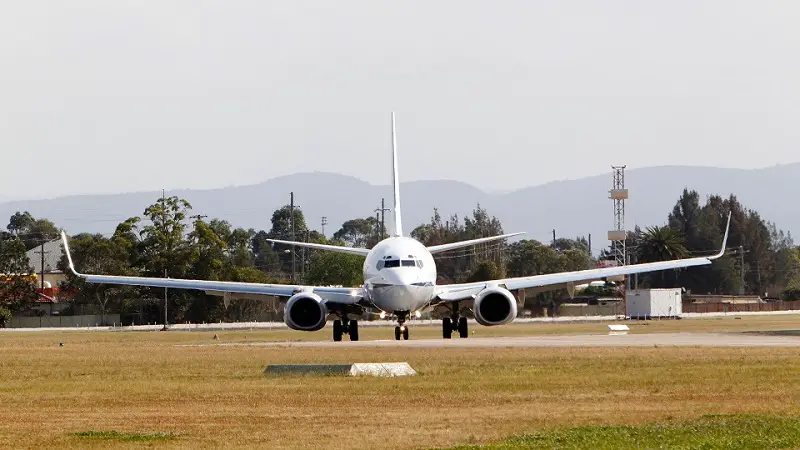The Royal Australian Air Force (RAAF) is gearing up for a significant upgrade to its Special Purpose Aircraft (SPA) fleet as the delivery of new aircraft to No. 34 Squadron, based in Canberra, is scheduled for next year. As part of this program, the Australian Government Department of Defence has secured a lease agreement for two Boeing 737 MAX 8 Business Jets (BBJ) to replace the existing 737 Next Generation BBJs. This move marks a complete fleet renewal, following the replacement of the three Challenger CL-604s with Dassault Falcon 7Xs in 2019. The current BBJs operated by No. 34 Squadron were acquired in 2002 and have started to show signs of aging. In recent years, the fleet has experienced maintenance and readiness issues, resulting in a failure to meet scheduled annual flight hours, as acknowledged by Defense officials. These issues have even gained public attention. In 2020, during the peak of the COVID-19 pandemic, a BBJ carrying the then-Prime Minister Scott Morrison experienced a breakdown in Cairns, leading to a critical National Cabinet meeting delay.
Rather than extending the current lease beyond 2024, the previous government approved the acquisition of two new aircraft in December 2021. Subsequently, in February 2022, National Australia Bank (NAB) was awarded a $372 million contract (excluding sustainment) to provide the Commonwealth with two Boeing 737 MAX 8 aircraft until 2036. It remains unclear whether NAB has opted to purchase the aircraft outright and supply them to Defense, or if they are being dry leased from another company. No. 34 Squadron, based at Defense Establishment Fairbairn in the Australian Capital Territory, is preparing to bid farewell to its 737 Boeing Business Jet (BBJ) fleet after nearly two decades of active service. The squadron also operates three smaller Dassault Falcon 7Xs for special purpose flights. Originally leased from Qantas Defense Services (QDS) in 2002, the BBJs came under the purview of Northrop Grumman Australia after QDS was acquired by the company in 2013.

The No. 34 Squadron’s BBJs are a hybrid variant based on the 737-700 and 737-800 models, operated by a crew of up to six RAAF personnel. They are equipped with secure communication systems and conference facilities to support government duties. The Australian Department of Defence’s plan to replace the 737 BBJ fleet with newer aircraft was initially outlined in an incoming government brief released through Freedom of Information laws. While the document identifies the replacement as an “approved enhancement” to the RAAF’s air mobility fleet, it does not disclose any specific price range, even as a speculative figure. Furthermore, it remains unclear whether the BBJs will be replaced with newer 737-700 derived BBJs or a 737 MAX-based platform. The incoming government brief simply states that the replacement aircraft will be a “leased 737 BBJ platform.”
The Boeing 737 MAX is the fourth generation of the Boeing 737, a narrow-body airliner manufactured by Boeing Commercial Airplanes (BCA), a division of American company Boeing. It succeeds the Boeing 737 Next Generation (NG) and competes with the Airbus A320neo family. The FAA cleared the return to service on November 18, 2020, subject to mandated design and training changes. Canadian and European authorities only followed in late January 2021, and Chinese authorities in December 2021, as over 180 countries out of 195 had lifted the grounding. Over 450 MAX aircraft were awaiting delivery in November 2020; 335 remained by January 2022. Boeing estimated that the backlog would be largely cleared by the end of 2023, after its order book was reduced by almost 1,000 aircraft due to cancellations from loss of trust in the aircraft.















